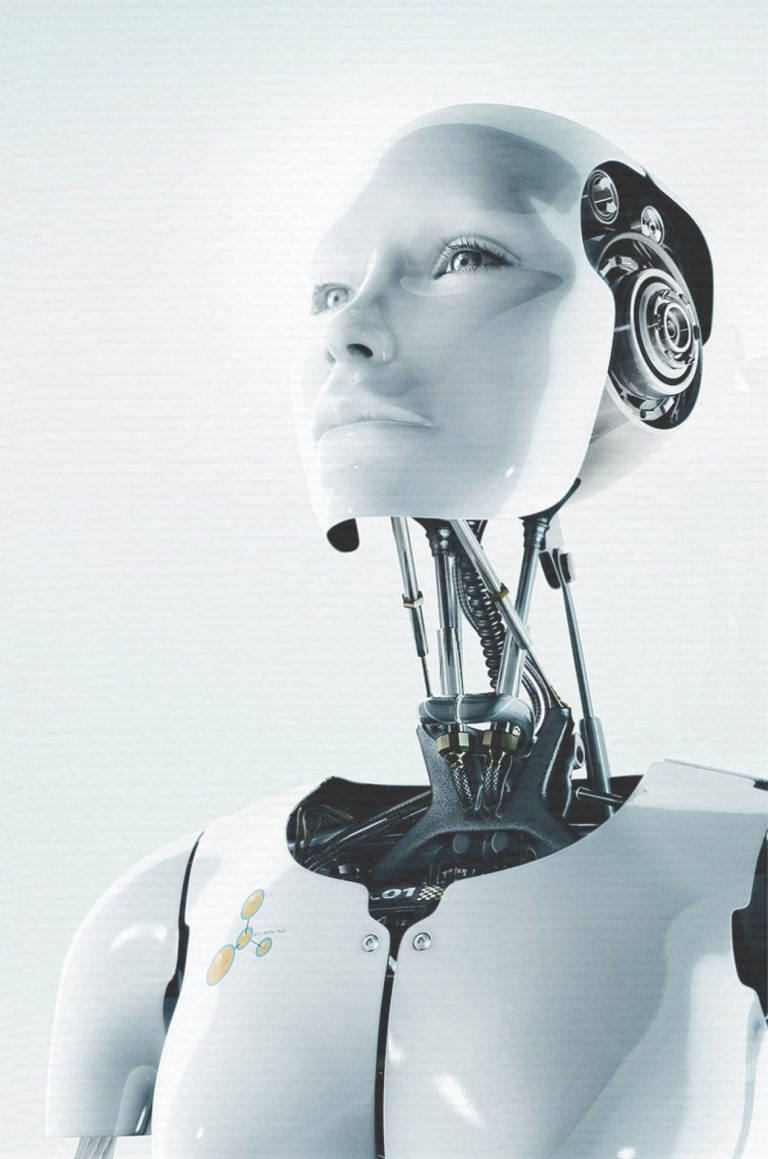
Is AI / RPA signalling the end of the world?
Well maybe “as we know it”.
Artificial Intelligence and/or Robotic Process Automation isn’t new. It’s been around for ages in one way, shape or form. AI/RPA is just something else that we need to adapt to, or just accept, as the next logical step. Would you agree?
Making things happen automatically means that some things will become easier, or different. If we can take the hard work away, make things safer, make things less expensive, then the world has the potential to become a better place.
Obviously we need to be careful, we have to ensure that things do improve, but whilst jobs will inevitably be “lost”, new opportunities will start to emerge to replace those jobs. Think about your life today and compare it with 30 or 40 years ago.
Computers existed but now they are much more common in the home. Mobile phones were in their infancy, Facebook, Twitter, LinkedIn, the Internet, even email – forget it! We have all adapted and, in the main, welcomed these changes. I saw a film again yesterday from 30 years ago, “The Net” with Sandra Bullock. It was ground breaking and cutting edge. Looks a little tired and old now. It’s become dated but then again so has “Around the world in 80 days”.
Let’s look at AI/RPA as another new beginning, exciting times ahead!
Artificial Intelligence (AI) is rapidly transforming the customer service landscape, particularly in the contact centre sector. With AI technologies such as chatbots, natural language processing (NLP), and machine learning, contact centres are experiencing improvements in customer engagement, operational efficiency, and strategic decision-making. However, these advancements also introduce challenges, particularly regarding data privacy and the balance between automation and human interaction.
Enhanced Customer Experience
AI has significantly improved customer experience by enabling immediate, personalised, and round-the-clock support. AI-powered virtual agents can respond to routine queries with speed and consistency, reducing customer wait times and increasing satisfaction (Gartner said this 4 years ago in 2021). Through NLP, AI systems can interpret human language and respond contextually, offering more natural and conversational interactions.
Additionally, AI can personalise customer engagement by analysing historical data, preferences, and behaviour patterns. For instance, systems can recommend products or services based on past interactions or escalate issues to human agents when needed. According to a study by McKinsey & Company (back in 2020), companies that personalise customer interactions would see a 10–15% increase in revenue and customer retention. Imagine how we’ve moved on since 2020!
Operational Efficiency and Cost Reduction
The integration of AI allows contact centres to automate repetitive and low-value tasks, such as call routing, transcription, and data entry. Intelligent call routing systems leverage AI to direct customers to the most appropriate agent or solution based on past behaviour, issue type, and sentiment ( so said IBM in 2023). This not only shortens resolution times but also reduces the pressure on human agents.
Cost efficiency is another major benefit. A report by Deloitte (2022) estimated that AI-enabled contact centres would reduce operational costs by up to 30% through automation and predictive staffing. Moreover, by freeing agents from mundane tasks, AI would enable them to focus on more complex and emotionally nuanced interactions, leading to higher job satisfaction and better customer outcomes.
Improved Decision Making and Performance Monitoring
AI provides advanced analytics capabilities that help managers make informed decisions based on real-time and historical data. AI can analyse voice and chat interactions to assess customer sentiment, identify performance trends, and flag potential issues before they escalate. For example, AI tools can detect stress or frustration in a customer’s voice, prompting real-time support or escalation (Forrester, 2023).
These insights not only improve customer satisfaction but also support agent training and development. By analysing which agent behaviours lead to successful outcomes, contact centres can replicate best practices across teams.
Challenges and Ethical Considerations
Despite its benefits, AI adoption in contact centres is not without challenges. A major concern is the potential over-reliance on automation, which can lead to impersonal experiences or frustration when customers cannot reach a human agent. A balance must be maintained between AI and human interaction to ensure that complex or emotional queries are handled appropriately.
Ethical considerations also come into play, particularly regarding data privacy and algorithmic transparency. Contact centres handle sensitive customer information, and improper data handling could lead to breaches or regulatory violations. Obviously this is in the news right now!
Organisations must ensure compliance with data protection laws such as the General Data Protection Regulation (GDPR) and adopt transparent AI practices (European Commission, 2021). I hope we all took notice of that! Breaches seem to be all over the news at the moment.
The Future of AI in Contact Centres
Looking ahead, the integration of AI in contact centres will deepen with advances in predictive analytics, emotion AI, and autonomous service platforms. Human agents will increasingly act as orchestrators of AI systems, using real-time insights to enhance service delivery. According to Accenture (back in 2022), 75% of contact centres plan to invest in AI and automation technologies over the next two years to stay competitive. I wonder if it happened or is still in progress?
In conclusion, AI is revolutionising the contact centre industry by driving improvements in customer experience, operational efficiency, and data-driven decision-making. While ethical and practical challenges remain, organisations that successfully harness AI will be better equipped to meet evolving customer expectations and deliver differentiated service in a digital-first economy.
That said …. can you beat real human contact?

References
Accenture. (2022). The contact centre of the future: Human + machine collaboration. Retrieved from https://www.accenture.com
Deloitte. (2022). 2022 Global Contact Centre Survey. Retrieved from https://www2.deloitte.com
European Commission. (2021). General Data Protection Regulation (GDPR). Retrieved from https://ec.europa.eu/info/law/law-topic/data-protection_en
Forrester. (2023). AI in customer service: Real-time support and sentiment analysis. Retrieved from https://go.forrester.com
Gartner. (2021). Magic Quadrant for the CRM Customer Engagement Centre. Retrieved from https://www.gartner.com
IBM. (2023). AI-powered customer service: Innovations in automation. Retrieved from https://www.ibm.com
McKinsey & Company. (2020). Personalizing the customer experience: Driving growth through better insights. Retrieved from https://www.mckinsey.com
PwC. (2023). AI and customer trust: Building transparency in digital interactions. Retrieved from https://www.pwc.com
As you can see, it not rocket science, its not new, but it is real.




